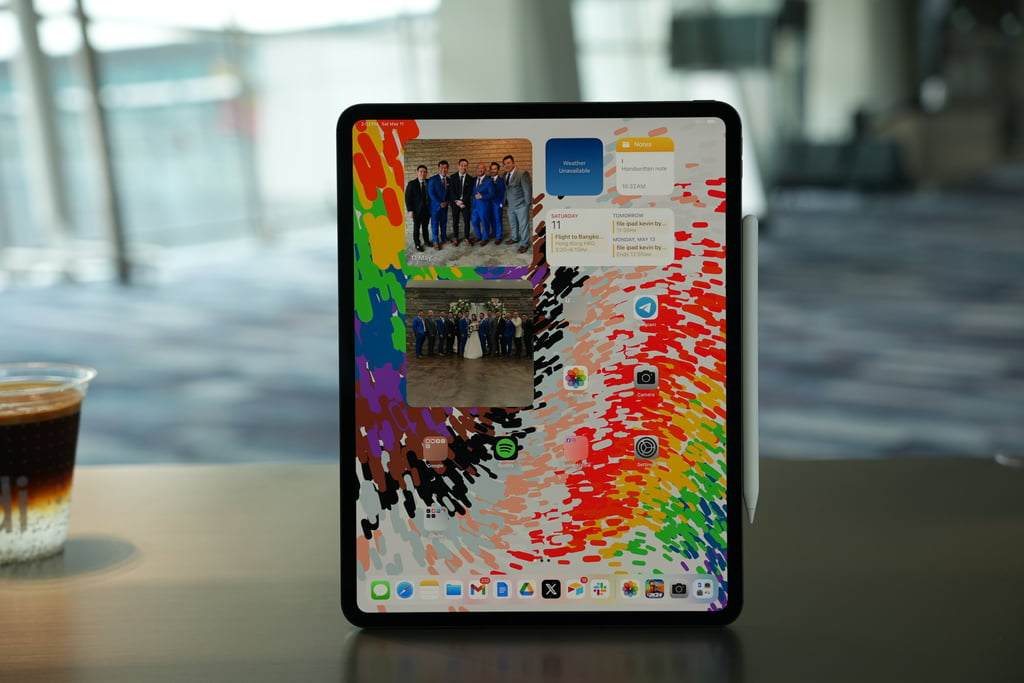Apple’s effort to reinvent the iPad by adding a giant foldable screen has hit development hurdles, potentially delaying the planned launch.
Advertisement
The Cupertino, California-based company has been working on the device – projected to cost around US$3,000 – for several years and had most recently aimed for a 2028 release. But engineering challenges tied to weight, features and display technology have pushed its potential debut to 2029 or later, according to people familiar with the matter.
Apple is working with Samsung Display to develop the roughly 18-inch panel for the device, according to the people, who asked not to be identified because the work is not public. The screen minimises the crease seen on foldable displays, matching an approach that Apple is also using with its planned foldable iPhone.
The foldable iPad project is part of a broader push to bring more innovative devices to market. Apple just introduced its first new handset design in years – the ultrathin US$999 iPhone Air model – and is working on everything from smart glasses to a tabletop robot device.
Unlike the foldable iPhone, prototypes of the new tablet – internally code-named J312 – do not include an external display. When closed, the device resembles a Mac laptop, with an aluminium enclosure on both sides. When opened, it is about the size of a 13-inch laptop.

Developing the technology for an 18-inch foldable display has proven especially complex and costly, pushing estimated prices to roughly triple that of a 13-inch iPad Pro. Like that model, the foldable tablet would use the organic light-emitting diode standard, which allows for more vibrant graphics and thinner displays.

